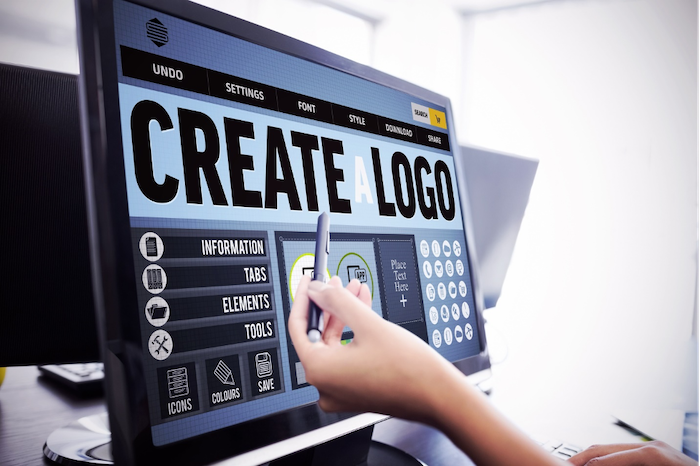
Tips for Creating an Effective Company Logo
Ray Access doesn’t usually comment on graphic design choices, website development details or other related topics. But the goal of this blog is to help small businesses and web agencies become more successful. To that end, this article may provide guidance for you to create your logo designs.
Deciding on a color depth (between 16-bit, 24-bit or 32-bit), font family or composition of a company logo may be some of the hardest decisions for a graphic designer or small business owner. It’s no wonder that logo fonts and colors are issues that plague many logo designs. To help you avoid these and other issues when designing your company logos, these five questions (and answers) provide insight into the top mistakes in logo designs.
1. Are You Using an Out-of-Date Logo Maker?
One of the biggest mistakes in logo designs — for professionals, hobbyists and amateurs — is using dated software. Choose a logo maker app that’s frequently updated with new features, tools, templates, and graphics.
Trends and fashions change. Your logo maker app should have features that allow you to keep up. At the very least, you shouldn’t be a decade behind!
2. Do You Have Too Many Colors … and They Don’t Match?
Despite the term, “complementary” colors don’t always match well. These complementary colors are opposite colors on a color wheel that tend to “vibrate” when they’re next to each other. For example, red pairs with green and purple with yellow.
But in a logo, these colors end up making a gaudy-looking design at best. Instead, look for secondary or tertiary colors that match. Also, look for colors that match the mood of your logo.
3. Does Your Composition Make Sense?
Composition is a tough nut to crack. Some non-professional designers just don’t have a sense of what keeps people’s eyes moving in the desired direction. A few rules of thumb include:
- If you have an object getting smaller, it makes an arrow pointing to another place.
- The place you want it to point is also generally inward, although you ideally want them to go in a never-ending circle around your graphics.
Remember, you want to capture their attention from every angle. Don’t push them away from your design or onto others.
4. Have You Created Balance in Your Composition?
Despite the word, imbalance isn’t all about matching the size of one element against another. What determines balance is color, style, size, and other features that give one element more or less attention in comparison to the others.
For example, if you present the logo and name of your place of business, then add “bar and grill,” no one cares if it’s a bar and grill. They’ll probably forget the name of your business completely. In this case, what’s most important? It’s probably not “bar and grill.”
5. Is Your Logo Design Too Complex or Too Simple?
Some business owners place too many elements in a logo, trying to throw everything in at once. “I want peacocks, and trees, and hands, and feet, and every cool color, and the shape of the city I practice in, and a really long name like ‘tranquility’.” Instead, simplify your logo designs.
Other business owners make their logos far too simple, to the point that the design has now become a cubist adventure in surrealism. Abstraction is only good to a certain point. Once you’ve passed critical mass, people have nothing to connect your ideas with. Make your logo as simple as you can while still keeping it relatable.
Avoid These Top Mistakes in Logo Designs!
Now that you know the top mistakes in logo designs, the best thing you can do is to keep learning. Trends and fashions change, but human psychology remains roughly the same. If you’re designing your logos on your own, follow these tips.
If you’re intimidated by the prospect of designing your own logo, Ray Access suggests hiring a local pro who asks the right questions. Logo designs have to match your company mood and values while appealing to your audience.
This was a guest blog post written by guest blogger Ester Adams.
